Archives
- 2025-12
- 2025-11
- 2025-10
- 2025-09
- 2025-04
- 2025-03
- 2025-02
- 2025-01
- 2024-12
- 2024-11
- 2024-10
- 2024-09
- 2024-08
- 2024-07
- 2024-06
- 2024-05
- 2024-04
- 2024-03
- 2024-02
- 2024-01
- 2023-12
- 2023-11
- 2023-10
- 2023-09
- 2023-08
- 2023-07
- 2023-06
- 2023-05
- 2023-04
- 2023-03
- 2023-02
- 2023-01
- 2022-12
- 2022-11
- 2022-10
- 2022-09
- 2022-08
- 2022-07
- 2022-06
- 2022-05
- 2022-04
- 2022-03
- 2022-02
- 2022-01
- 2021-12
- 2021-11
- 2021-10
- 2021-09
- 2021-08
- 2021-07
- 2021-06
- 2021-05
- 2021-04
- 2021-03
- 2021-02
- 2021-01
- 2020-12
- 2020-11
- 2020-10
- 2020-09
- 2020-08
- 2020-07
- 2020-06
- 2020-05
- 2020-04
- 2020-03
- 2020-02
- 2020-01
- 2019-12
- 2019-11
- 2019-10
- 2019-09
- 2019-08
- 2019-07
- 2019-06
- 2019-05
- 2019-04
- 2018-11
- 2018-10
- 2018-07
-
The activation of the A
2024-10-30
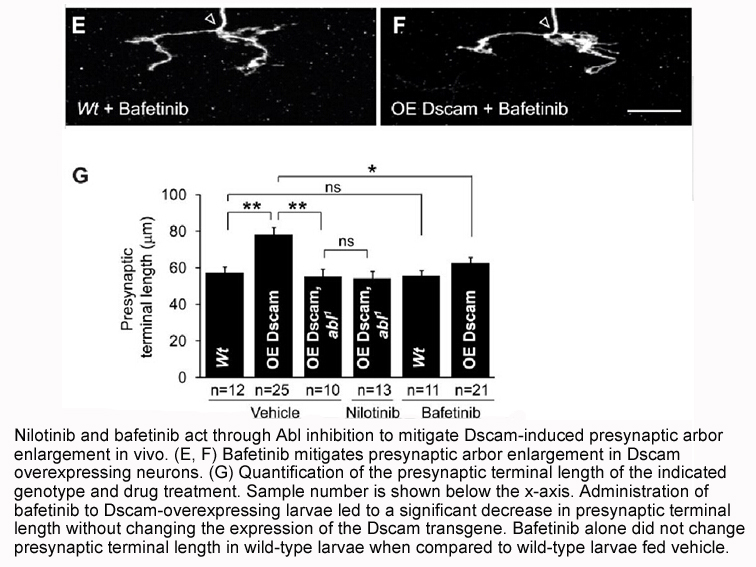
The activation of the A2BR subtype triggers different intracellular metabolic pathways, often linked to the activation of adenylyl cyclase and increased levels of intracellular cAMP (Lynge et al., 2003, Bernareggi et al., 2015). The nAChR-channel L-685,458 mediated by the cAMP/PKA pathway was repor
-
br Adenosine and tumor microenvironment In the
2024-10-30
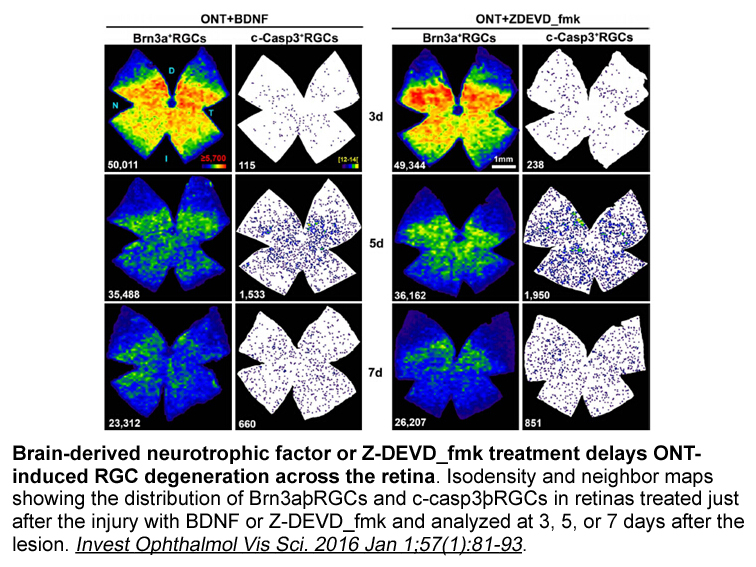
Adenosine and tumor microenvironment In the majority of carcinogenic processes a proinflammatory state is generated [36], [37]. In addition, a tumor hypoxic environment is generally due to inadequate perfusion of oxygen to the tumor [38]. Immunomodulators are molecules that regulate the immune r
-
An alternative approach to the administration
2024-10-30
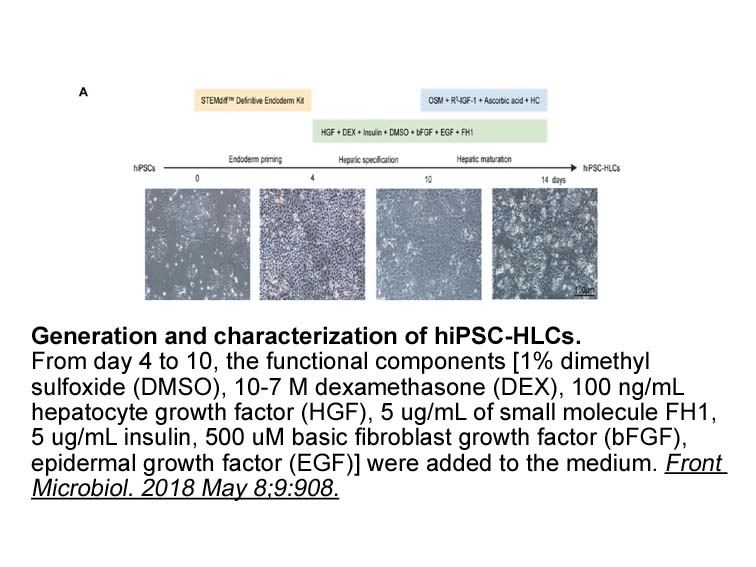
An alternative approach to the administration of ADO agonists is to amplify the actions of endogenous ADO by inhibiting the ADO-metabolizing enzyme, ADO kinase (AK). Inhibition of AK has the net effect of potentiating the local concentration and the effects of ADO in the extracellular compartment. T
-
Tension within the network could be explained by two potenti
2024-10-30

Tension within the network could be explained by two potential mechanisms: the more classical contractility that is dependent on motor proteins that are pulling Streptozocin filaments towards each other [10]; or contractility that is caused by disassembly of a crosslinked network of actin filaments
-
The difficulty of characterizing nAChRs in
2024-10-29
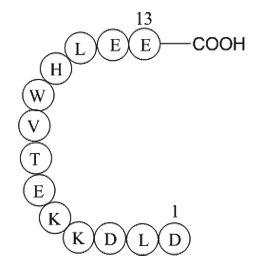
The difficulty of characterizing nAChRs in the central nervous system is also exemplified by early observations that nicotine caused no detectable effect when applied on a brain slice and it is only with the focal and high time resolution of more recent experiments that the effects of nicotinic neur
-
A combination of factors might however
2024-10-29
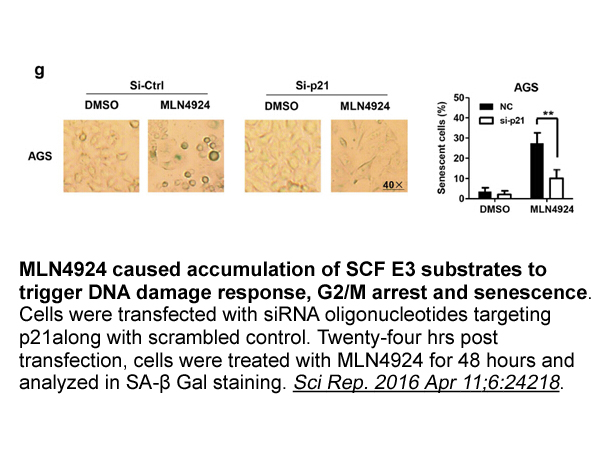
A combination of factors might, however, account for the low rate of success of drug development for neuropsychiatric disorders. First, in most neuropsychiatric disorders, the symptomatology is heterogeneous and the neurobiology remains poorly understood, making therapeutic targets difficult to iden
-
Additional evidence for a putative
2024-10-29
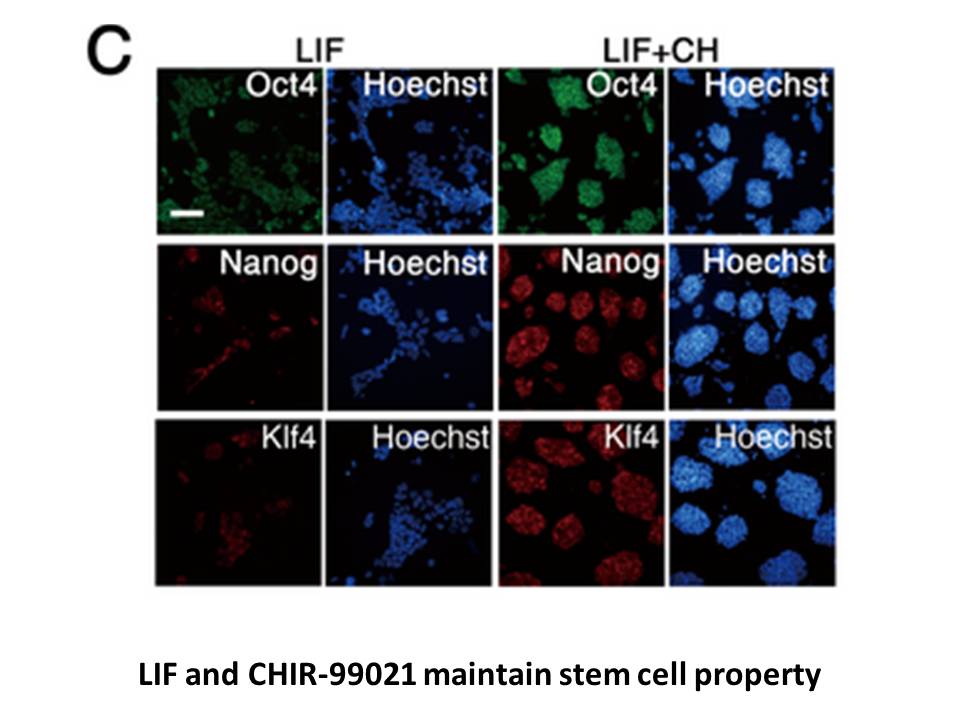
Additional evidence for a putative role of COXs and 5-LOX in AD derives from pharmacological studies using inhibitors of these enzymes (for review, see Firuzi and Praticò, 2006). In addition to helping delineate the pathobiological mechanisms of AD, these results raise hope for discovering novel the
-
Renal Cell Carcinoma RCC is a lethal cancer
2024-10-29
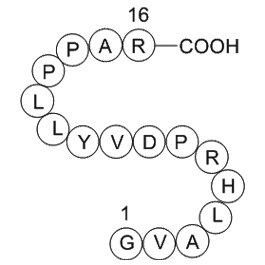
Renal Cell Carcinoma (RCC) is a lethal cancer with bad prognosis due to development of chemoresistance and recurrence of an aggressive tumor with increased tumor-angiogenesis and metastasis [7]. We have found Axl and Gas6 to be differentially presented in RCC subtypes, and Axl to correlate to tumor
-
br Exocytosis of GLUT by autophagy br Conclusion
2024-10-29

Exocytosis of GLUT4 by autophagy Conclusion Conflict of interest Ethics statement Antigen processing and presentation Adaptive immune response has to be instructed to identify and eliminate specific pathogens or foreign entities defined by their antigenic determinants. Processed antig
-
Finally not only can ERs pair with different mGluRs
2024-10-29
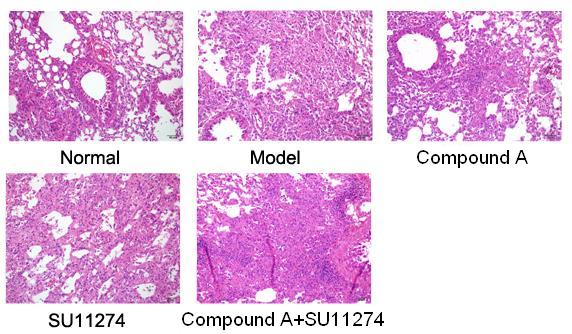
Finally, not only can ERs pair with different mGluRs in different fdps regions, but it is becoming increasingly clear that the same mGluRs can pair with distinct downstream signaling partners to have differential effects both within and across brain regions (Gross et al., 2016; Mannaioni et al., 20
-
In our previous report salivary arginase levels were
2024-10-29
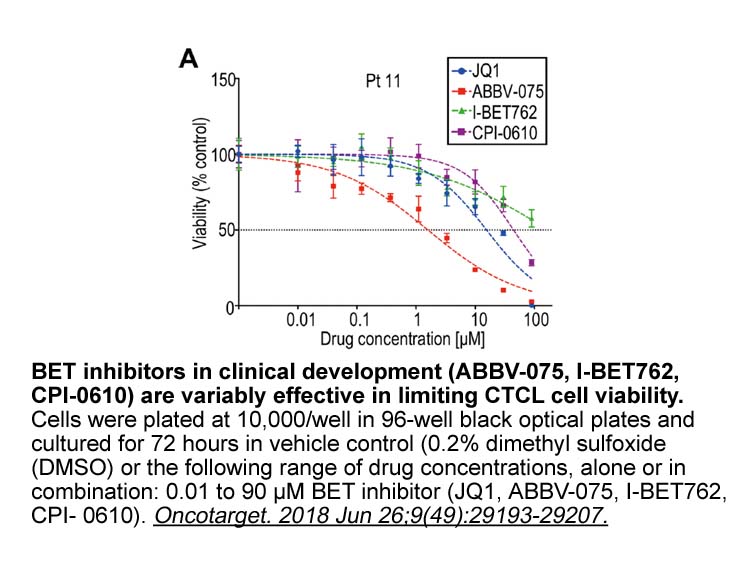
In our previous report, salivary arginase levels were found to be higher in periodontitis patients compared to healthy controls (Ozmeriç, Elgün, & Uraz, 2000). However, only one study has investigated arginase ezyme in saliva in patients with dental implants in which smokers were also included. An i
-
It has been demonstrated that the hallmarks of
2024-10-29
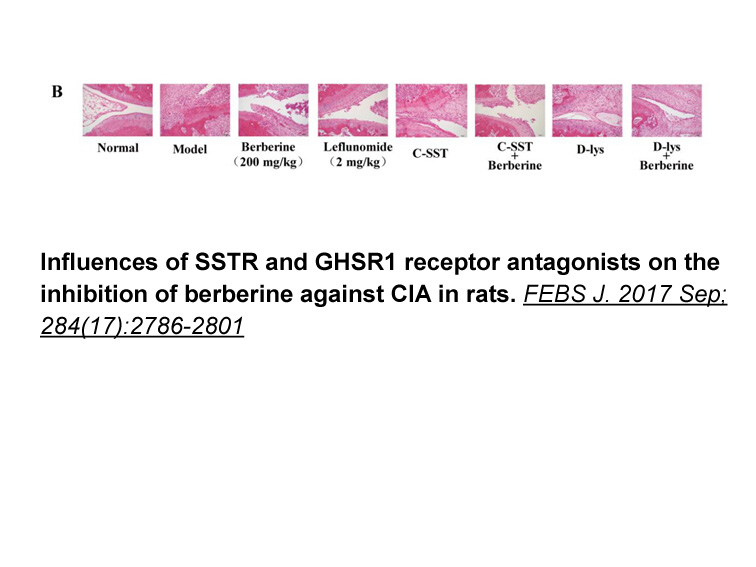
It has been demonstrated that the hallmarks of pulmonary fibrosis are a loss of endothelial function and subsequent activation of the immune system, which is considered as a direct outcome affected by intracellular pro-inflammatory responses [26]. Thus, inhibition of early inflammation could be an i
-
Growth inhibition assays are the
2024-10-29
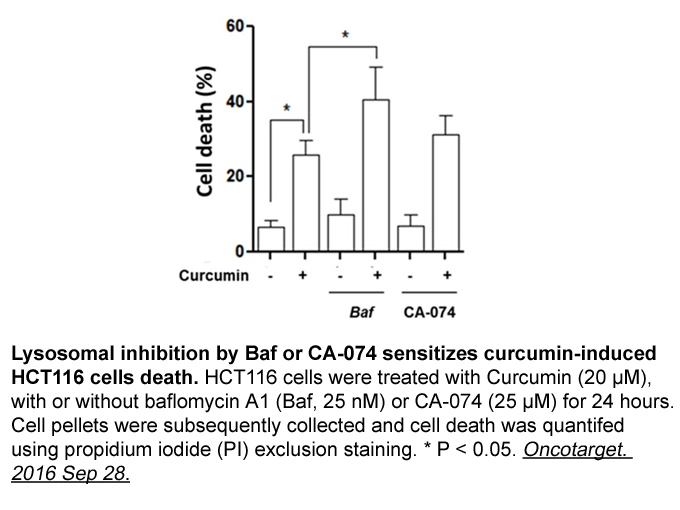
Growth-inhibition assays are the most commonly used to identify antifungal small molecules. However, they have several facts that limit their use since many pathogenic fungi grow as filaments making difficult a correlation between growth and OD (optical density). They are not useful for identifying
-
cpi-613 Our surprising results show that AAD treated tumors
2024-10-29
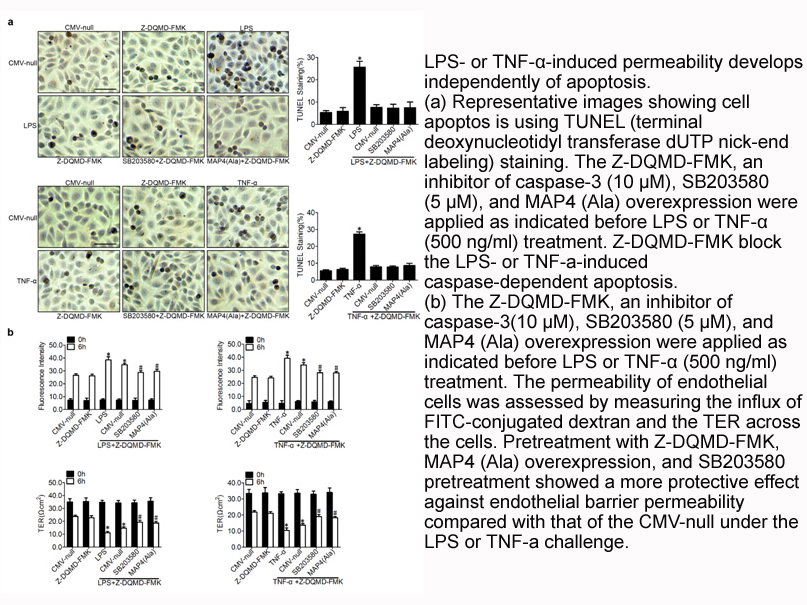
Our surprising results show that AAD-treated tumors adjacent to adipose tissues and in steatotic liver continue to grow in the presence of a minimal number of microvessels. In non-adipose tumor models, the similar degree of vascular suppression is translated into marked suppression of tumor growth.
-
br Perspectives br Acknowledgments This investigation
2024-10-29
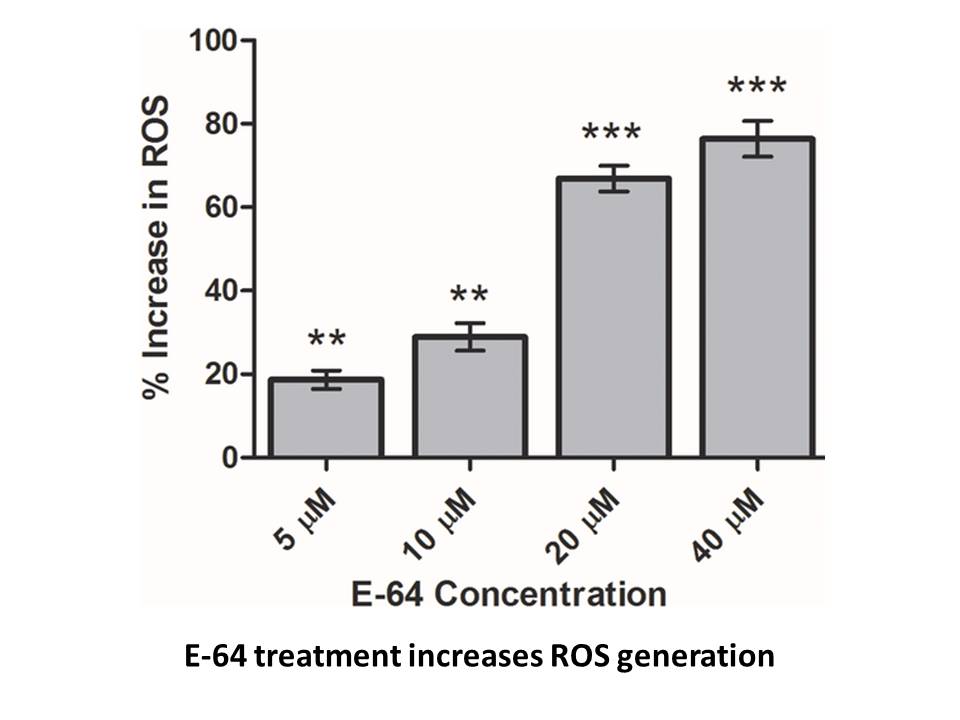
Perspectives Acknowledgments This investigation was supported by a Research Grant 2010/01385-5 from FAPESP (Sao Paulo Research Foundation, Brazil). P.F.S. was recipient of a CNPq (National Council for Scientific and Technological Development, Brazil) productivity grant. R.F.A. was recipient of
16300 records 70/1087 page Previous Next First page 上5页 6667686970 下5页 Last page